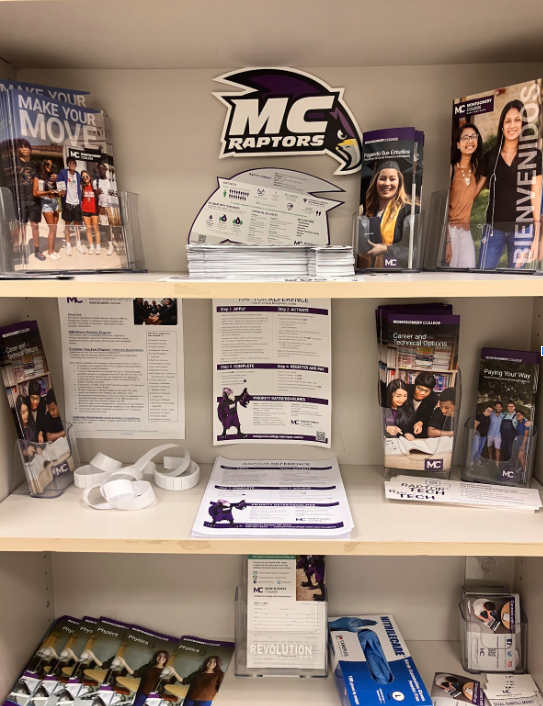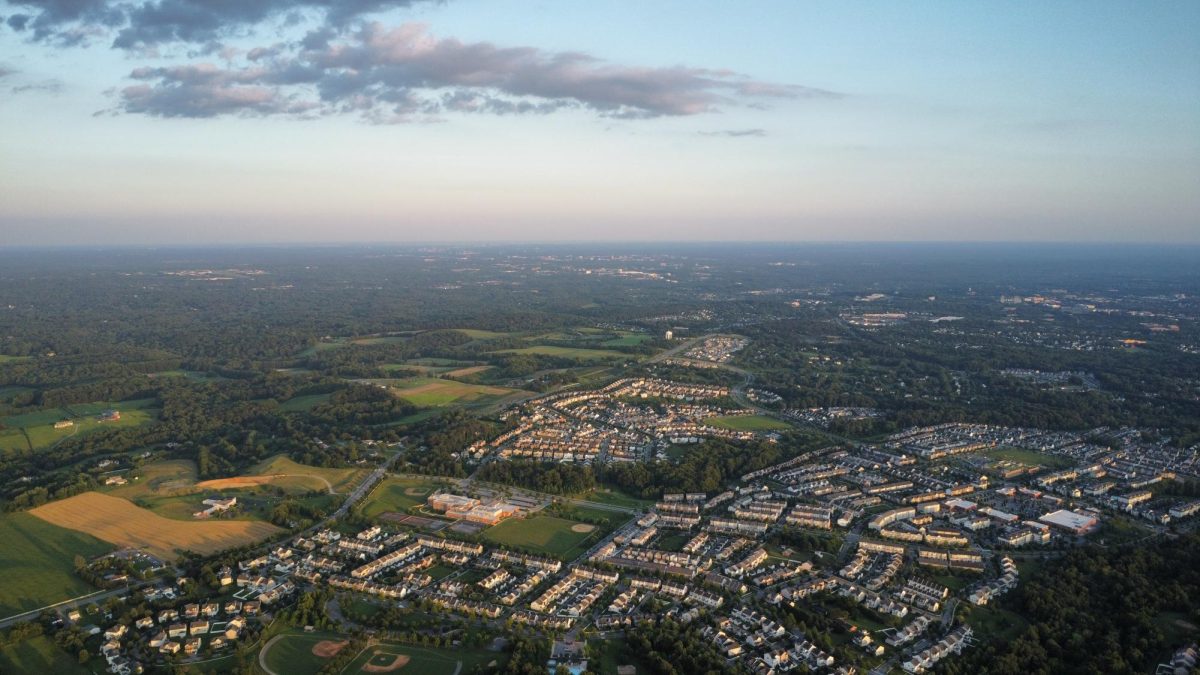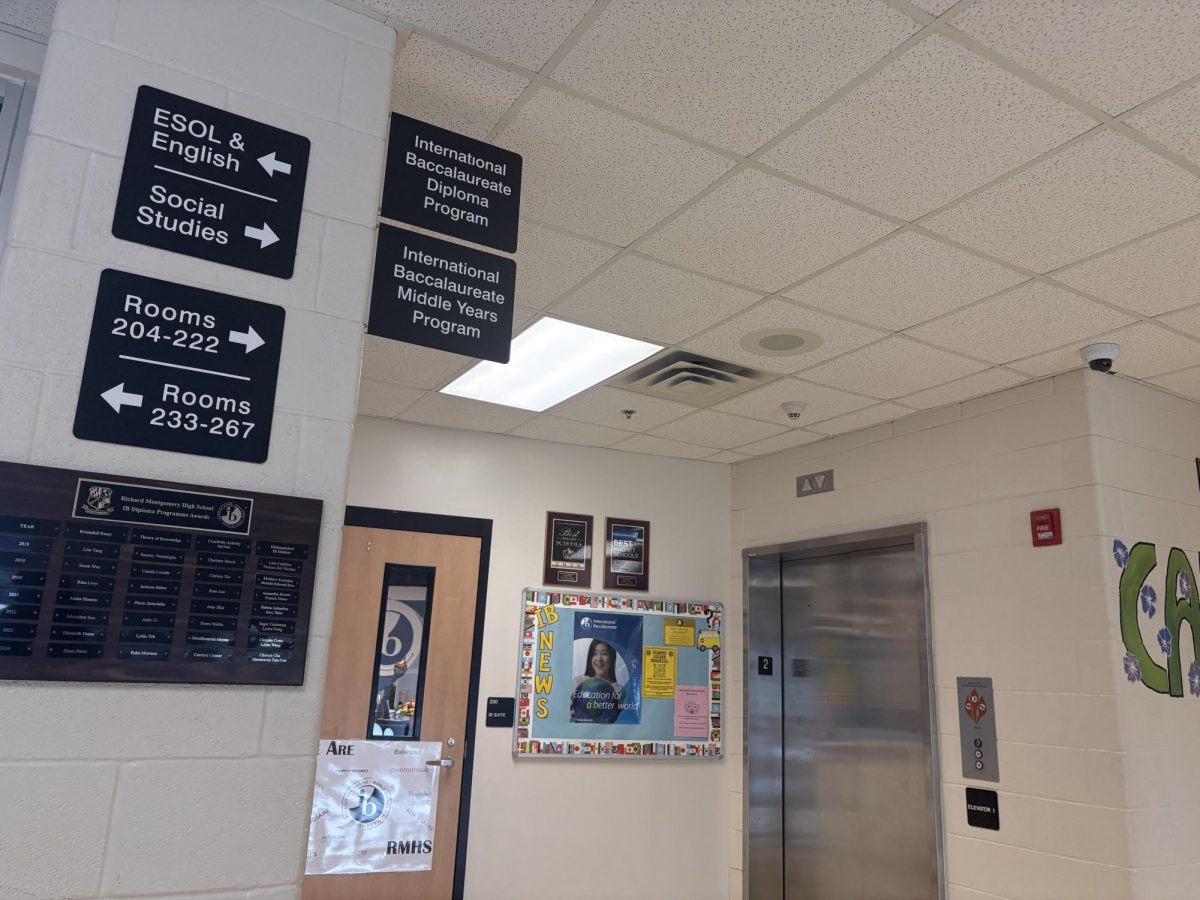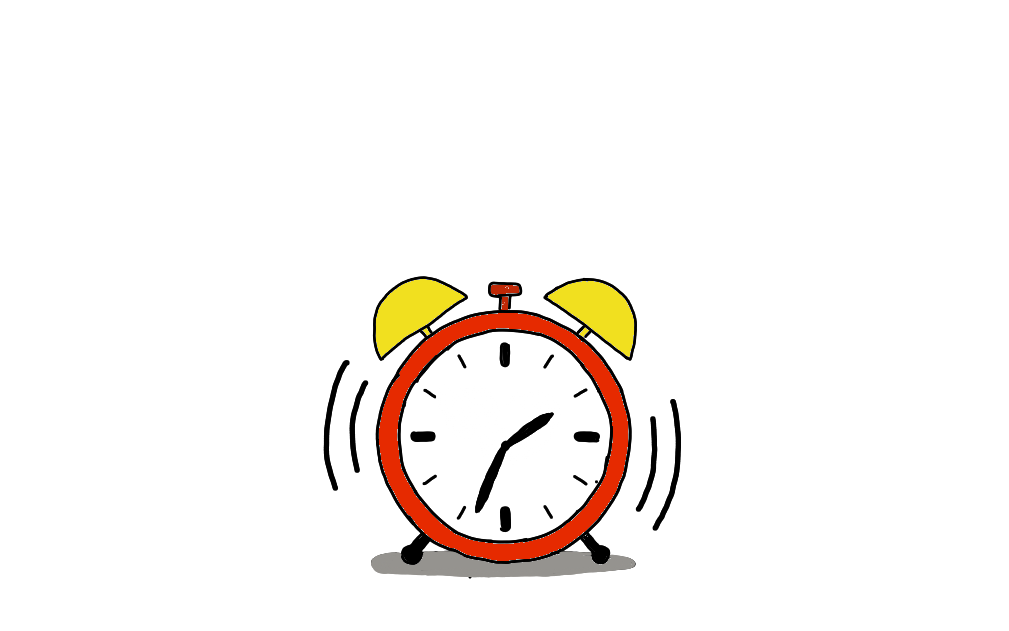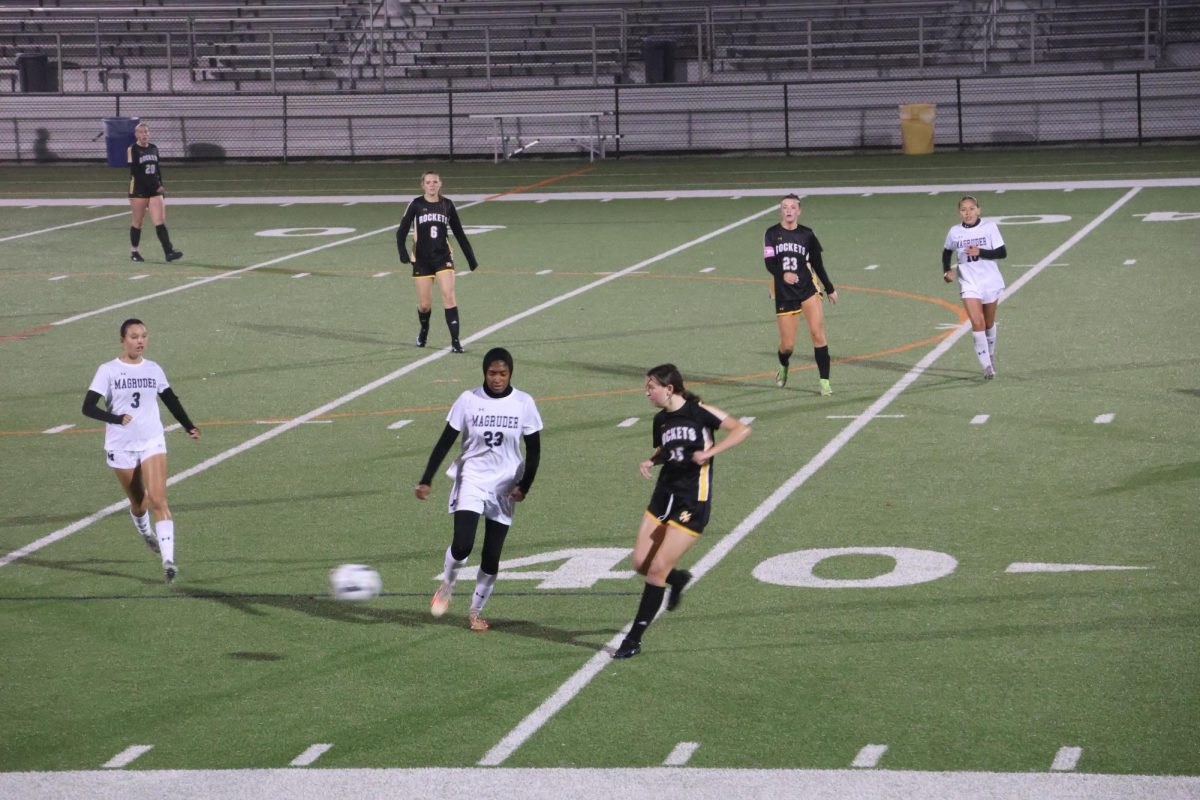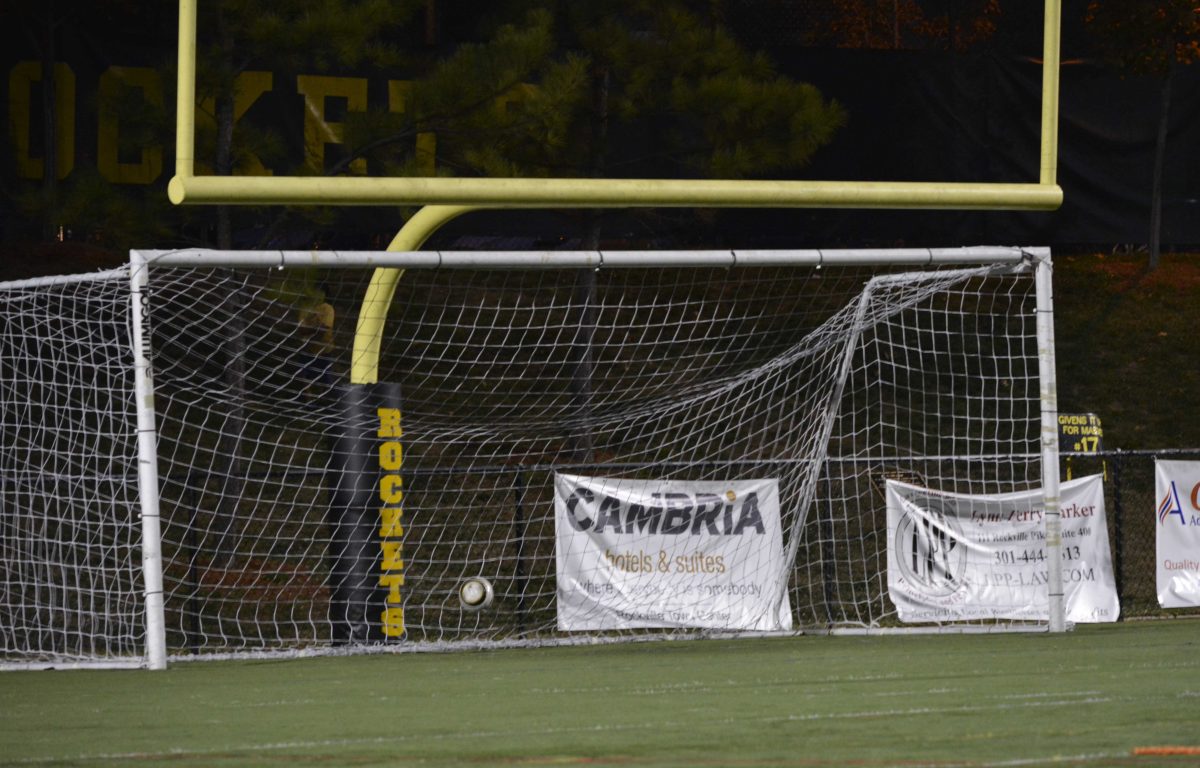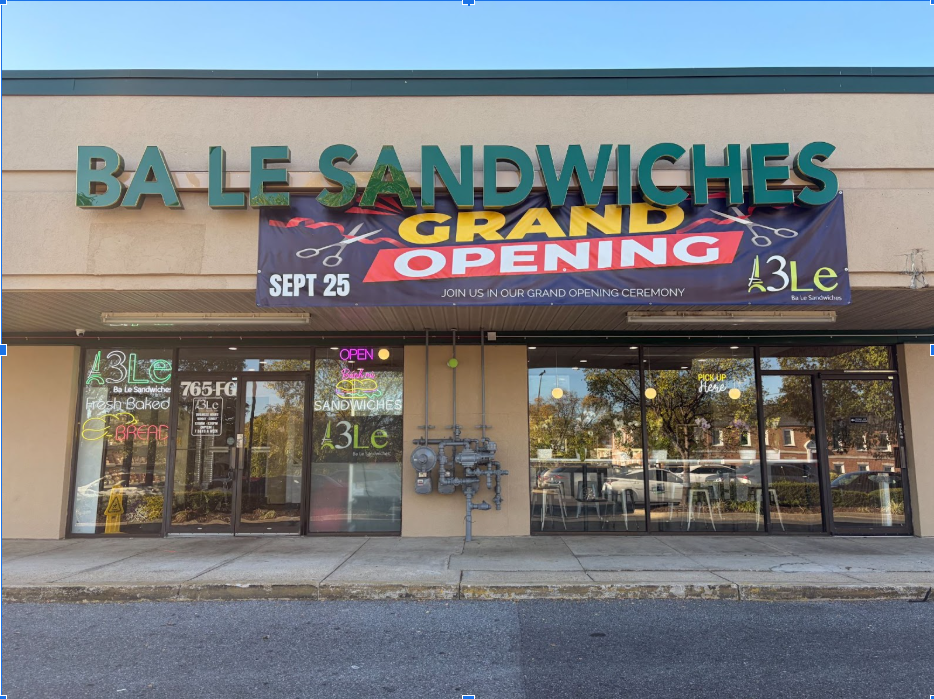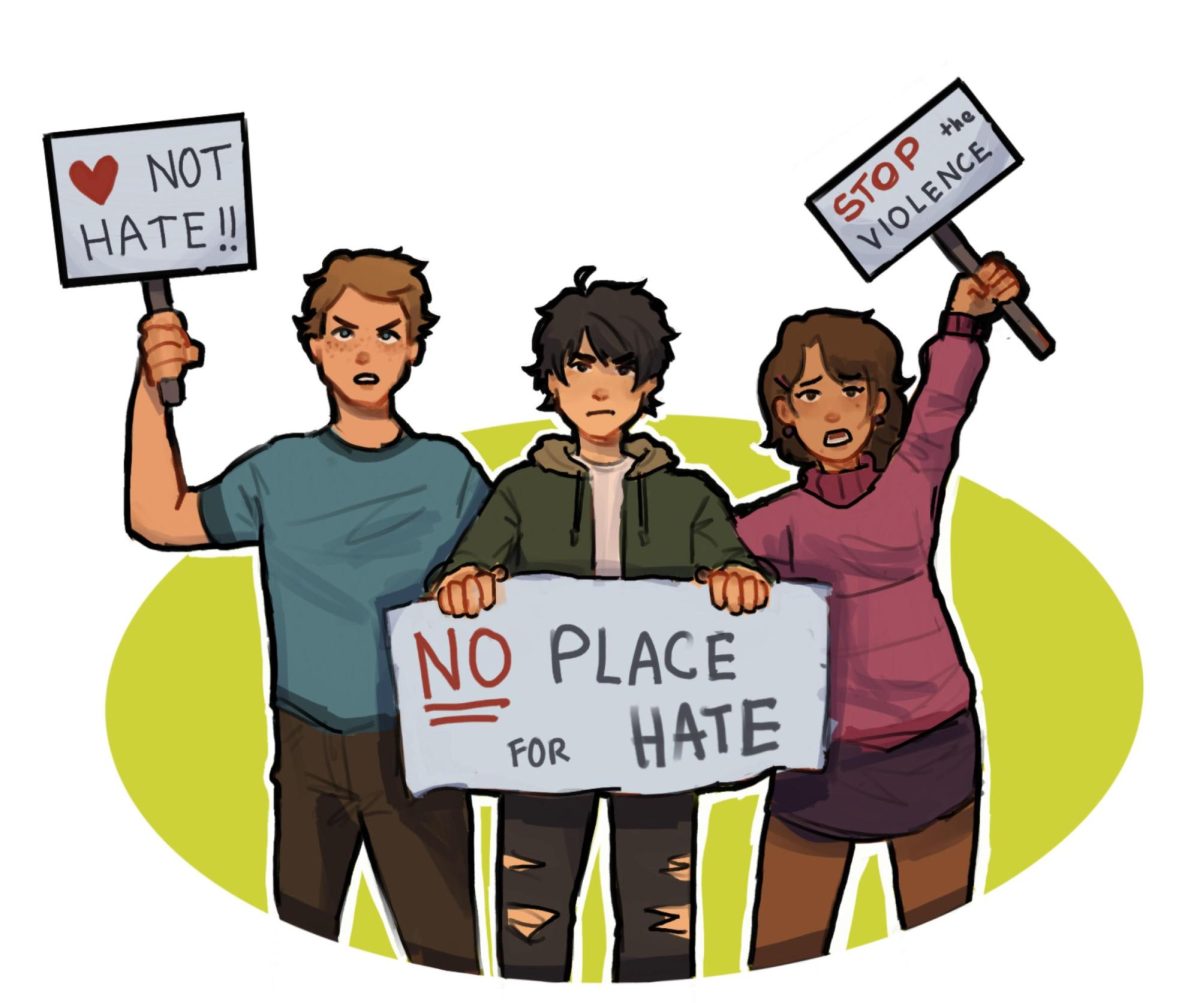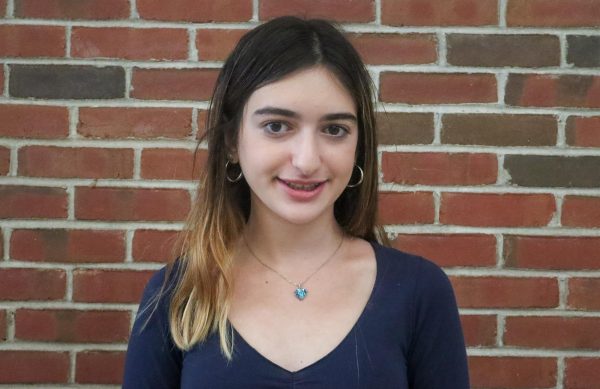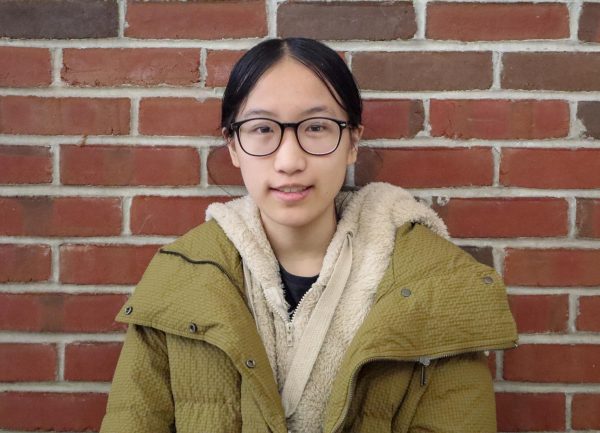The Metro is a valuable tool associated with living so close to Washington D.C. Students at RM are extremely lucky that they have the opportunity to take the Metro from school to home or anywhere else within the region. Yet, this brilliant tool comes at a hefty price for students.
Rockville Metro Station is roughly half a mile from RM. “I needed to get home [so I used the metro],” sophomore James Luo said. One-way fare from Rockville station to Twinbrook station, located a mere 2.3 miles apart, costs $2. While for one trip that amount doesn’t seem unreasonable, it certainly begins to add up. To ensure students are receiving equal opportunities to experience education, students should have access to a student discount while riding the Metro.
Students already receive free bus rides on Montgomery County RideOn Buses and on Metro Buses. This is excellent and helps many students get home and from place to place, especially those too young to drive. Luo said, “It’s inconsistent to have us pay for some aspects of public transportation and not for others.” However, RideOn buses cost a dollar per ride and Metro Buses cost anywhere up to $4 per ride, while the metro costs between two and six dollars. Additionally, metro prices are only increasing. The most recent price increase happened June 25, 2023.
The issue of metro fare prices are especially important for RM students, as IB student’s busing is not fantastic for all areas. Sophomore Babitha Karre said, “I know a lot of people ride the metro to school especially because we’re in a magnet school, people come from all over the county.” For example, a student who lives near Seven Locks Elementary School in Bethesda can’t walk home from any of the IB bus stops. The closest stop is at Bells Mills Elementary School in Potomac, 2.8 miles away. However, a student who lives by Bells Mills Elementary School in Potomac can get off at the Bells Mills Elementary School bus stop or the Winston Churchill High School bus stop, just 1.1 miles away. Bussing is inequitable and doesn’t make sense.
The Metro Bus is also much faster than buses and trains come more frequently. A metro train, for example, that goes from Rockville to Friendship Heights takes 18 minutes. A bus traveling the same distance takes 35 minutes. Metro buses also come every six to fifteen minutes. Buses come at varied intervals depending on the route, some routes having forty minutes (or more) between buses.
Additionally, students need the Metro, and not just get to school. Students can use the Metro to get to internships and museums, which are plentiful living close to D.C. Students can also use it to get to doctor appointments or, for student athletes, practice if it’s being held off-campus. The Metro has many uses that are even more relevant to students, seeing as students can’t get driver’s licenses until age 16 and six months. Typically, that is the age of older sophomores towards the end of the school year or younger juniors at the end of the calendar year.
The only logical solution is some sort of discount for students. This system already exists for high school students in D.C. “If [the metro] was free, I would probably ride it,” senior Sophia Bolatto said. This encourages future residents of the DMV area to use the Metro.
All in all, it is deeply important that students have access to the Metro. It is a vital resource that connects students for miles. Giving students some form of discount would be very beneficial and should be initiated.
If you would like to voice your opinion on an issue you feel is relevant to our community, please do so here. Anyone is able and welcome to submit a Letter to the Editor, regardless of journalistic experience or writing skills. Submissions will be published either online or in a print issue.



